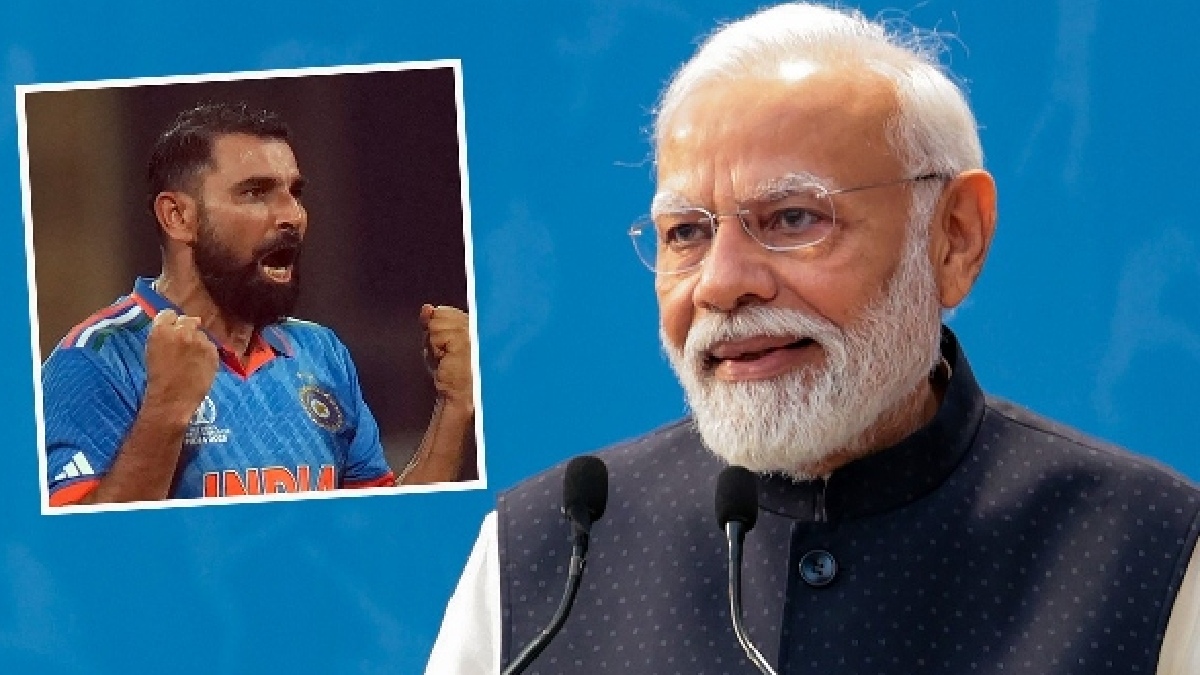
India celebrates 18th Anniversary of Pokhran II
On the 11th of May 1998 which was also Buddha Purnima Day, National Democratic Alliance (NDA) Government under the leadership of Prime Minister Atal Bihari Vajpayee had not even completed two months of coming to power when it decided to take a bold step of conducting nuclear tests.
India conducted second nuclear test at Pokhran Rajasthan on the 11th of May 1998. The tests were code named 'Operation Shakti'. The series of five nuclear bomb explosions conducted by India included first a fusion bomb and four fission bombs.

The tests and the sanctions:
Pokhran II tests can be called a bold move by the Vajpayee Government as these tests resulted in numerous sanctions being imposed against India by even friendly countries like Japan, Canada, the UK, the European Union and the US. Sanctions were imposed on information, resources and technology.
This ensured that foreign investment and trade steadily declined in India. However, these sanctions did not help sway India's decision to weaponise its nuclear capability. This probably was as India was prepared for such sanctions. It was left to countries like Russia and France to endorse India's right to become a nuclear power.
On the 13th of May 1998, two additional fission devices were also detonated. The then Indian Prime Minister Atal Bihari Vajpayee thereafter had shortly convened a press conference and declared India a full-fledged nuclear country.
Secret preparation for the tests:
After assuming office on the 19th of March 1998 Atal Bihari Vajpayee on the 28th of March 1998 asked the scientists to make preparations in the shortest time possible for conducting the nuclear tests at Pokhran and after receiving a nod from the Vajpayee preparations were made for the tests hastily.
For India to conduct the tests was not easy as there are very scarce bushes in Rajasthan and the dunes of the Rajasthan Desert did not provide much cover from probing satellites of various nations.
Indian intelligence was aware that the US spy satellites and CIA were keeping a watch over India's test preparations since 1995. This was the main reason for the need of very high level of secrecy as India began preparation for the Pokhran II. India did not want the preparations to be detected by other nations.
The army came to the help of the Vajpayee Government and the 58th Engineer Regiment of Indian Army's Corps of Engineers was commissioned to prepare sites for the tests without being detected by the U.S. spy satellites.
A very small group of scientists, senior military officers and senior politicians were the only ones who were aware of India's plan. The chief coordinators for the test planning were the then chief scientific adviser and the director of DRDO, Dr. APJ Abdul Kalam, and Dr. R. Chidambaram, the director of the DAE.
The 58th Engineer Regiment which had learned how to avoid satellite detection worked most of the time during night and returned equipments to original position before day break thereby giving impression that the equipment was never moved.
The regiment dug bomb shafts under camouflage nettings and the sand that was dug out was rearranged in the shape of dunes. Cables which were used for sensors were covered with the sand and were concealed using native vegetation.
Scientists who were to take part in the tests were made to travel to various destinations using false identities. From the numerous destinations they were made to travel to Pokhran. Technical staff members at the test site were made to wear military uniform so as to prevent detection by the spy satellites.


 Click it and Unblock the Notifications
Click it and Unblock the Notifications


































